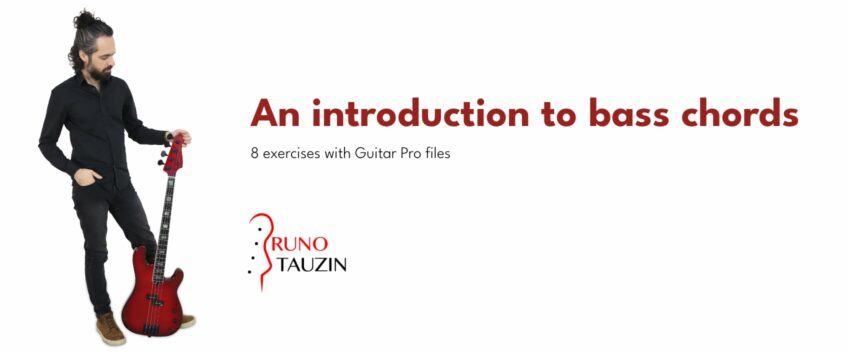
How to play chords on a bass guitar?
- exercice1.gp
- exercice2.gp
- exercice3.gp
- exercice4.gp
- exercice5.gp
- exercice6.gp
- exercice7.gp
- exercice8.gp
Studying chords on the bass will certainly help you make a lot of progress, in the broadest sense of the word! Learn more about this technique from professional bassist Bruno Tauzin, teacher, and author of numerous bass methods.
Chord playing is not representative of the bass’s main role, which is to provide a groove, but it is nonetheless useful and interesting. First of all, it gives the bassist a broader view of his instrument.
But also because it brings more creativity to the playing. Finally, it allows you to better understand harmony and to “hear” the chord progressions.
You can of course play chords on any type of bass, whether it has 4, 5, or 6 strings, whether it is electric or acoustic, it doesn’t matter. But as this extract from my method is aimed primarily at beginners, we will limit ourselves here to the traditional 4-string electric bass.
The sound
To maintain a certain clarity of sound, I advise you to use round wound strings.
In terms of settings, if you have a Jazz Bass, for example, it will be interesting to set the volumes of the two mics at the maximum and to position the tone knob at the middle.
You can also try with the neck pickup volume at zero and the bridge pickup volume at the maximum while keeping the tone in the middle.
It’s up to you to test depending on your instrument and the settings it offers, taking care to favor the clarity of the sound.
The technique
For the right hand, and contrary to the “traditional” technique where you play with the fingerboard, you will have to pluck the strings in the manner of the guitarists who play in “picking” with their fingers.
Let’s see this right away with a first example made up of a three-note chord, (in this case Cmaj7). The right hand uses three fingers: the thumb, index, and middle fingers.
Each finger takes care of a string: the thumb plucks the A string, the index finger the D string, and the middle finger the G string.
The pressure of the fingers of the left hand must not be released otherwise, the sound will be cut. But the charm of playing in chords is precisely to let the notes sound.
Click on the picture to download Exercise 1.
Major triads
The major triad, also more commonly known as the “major chord”, consists of the following three notes:
– the root (1)
– major third (3)
– perfect fifth or fifth (5)
The major third is 2 tones away from the root. The perfect fifth, on the other hand, is 1 tone + 1 semitone away from the major third, (so: 3 tones + 1 semitone away from the root).
So remember this formula:
Root + (2 tones) major third + (1 tone and a half) perfect fifth.
Here is a fretboard view of this chord, with the root on the E string:
This pattern remains the same, you can move it across the neck.
Let’s practice this chord with a little exercise. With the right hand, we will use the thumb for the low note, the index finger for the middle note, and the middle finger for the high note.
In the specific case of this major chord, the thumb will therefore play the E string, the index finger the A string, and the middle finger the G string.
Don’t forget also to always do some practice time before, just play one chord after the other, without any tempo, just for finger gymnastics.
Once you are comfortable with the movements, play the same chords along with a metronome.
And once you have completed this last step, all you have to do is play the example as it is proposed.
Click on the picture to download the Guitar Pro file of exercise 2.
As you can see, the left hand simply copies the same pattern from fret to fret, making sure to play the root of the given chords on the E string. Thus, a D in fret 10, an F in fret 13, a G in fret 15, etc.
The second exercise allows you to work on a different rhythmic pattern, where you first play the root note with your thumb, then the other two notes simultaneously with your index and middle fingers.

Click on the picture to download the Guitar Pro file of exercise 3.
The fourth exercise offers a slightly more elaborate rhythmic pattern.
Click on the picture to download the Guitar Pro file of exercise 4.
Now that you have the diagram of the major chord with the root on the E string, let’s open up our horizon a bit with a new diagram for the same chord, this time with the root on the A string:
Practice this with the following exercise:
Click on the picture to download the Guitar Pro file of exercise 5.
Finally, let’s take a look at a third diagram where the fifth has been removed in favor of the fundamental played in an octave higher.

Click on the picture to download the Guitar Pro file of exercise 6.
Let’s now combine these two new patterns:
Click on the picture to download the Guitar Pro file of exercise 7.
Note that with these last two schemes, the gaps are larger since the 3 notes are spread over 4 frets, and not 3.
Let’s move on to the last example, which allows us to mix the 3 patterns seen previously in a perfectly symmetrical rhythm, (eighth note, eighth note, dotted half note).
Click on the picture to download the Guitar Pro file of exercise 8.
The author
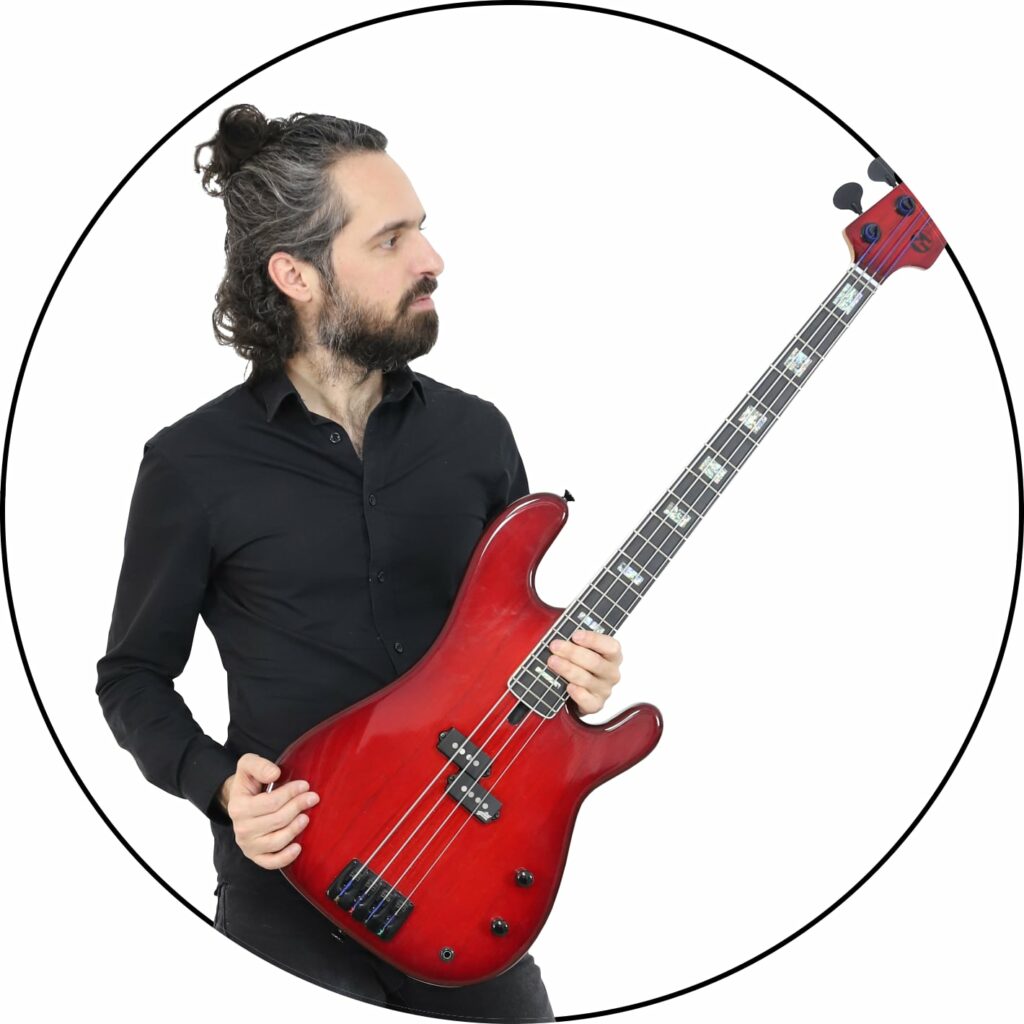
Bruno Tauzin: bass player, teacher, and composer.
Author of over 60 bass methods published by Play-Music.
- 3 albums are available on all platforms
- 70k subscribers on Youtube
- 18k on Instagram
- 12 million views on Youtube
- Private Facebook group: « Tout sur la Basse » with more than 6000 French-speaking bassists.
Follow Bruno
Site (With courses, methods, covers, blog): https://www.bassebruno.com
Facebook: https://www.facebook.com/BasseBruno/
Instagram: https://www.instagram.com/brunotauzin/
Leave a comment
Your email address will not be published.

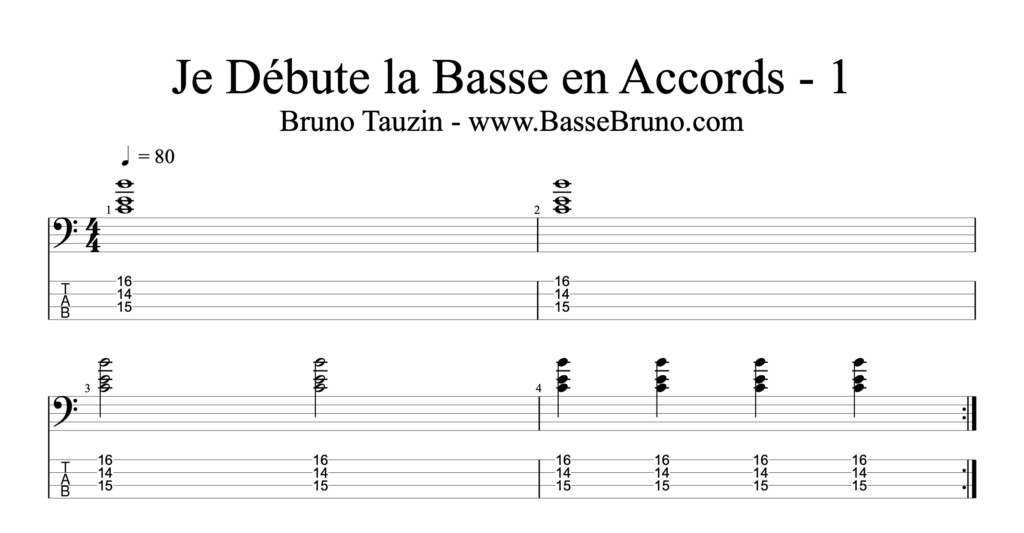
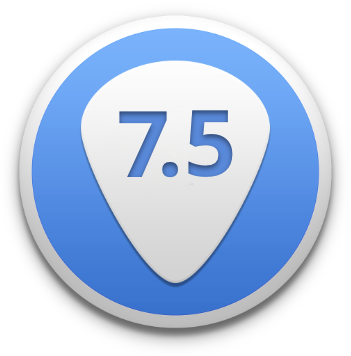


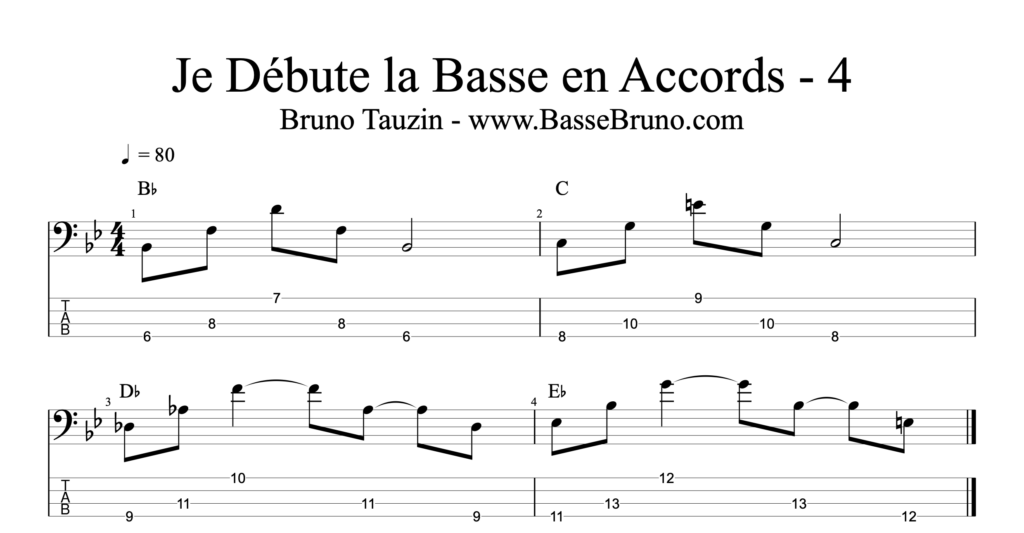
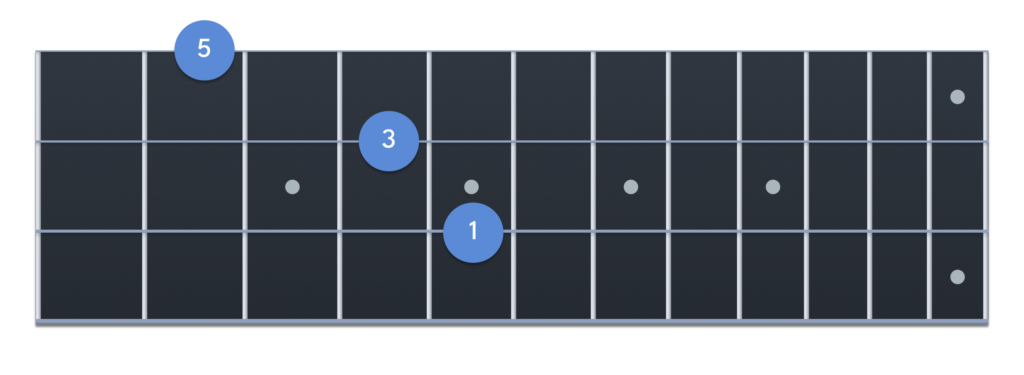


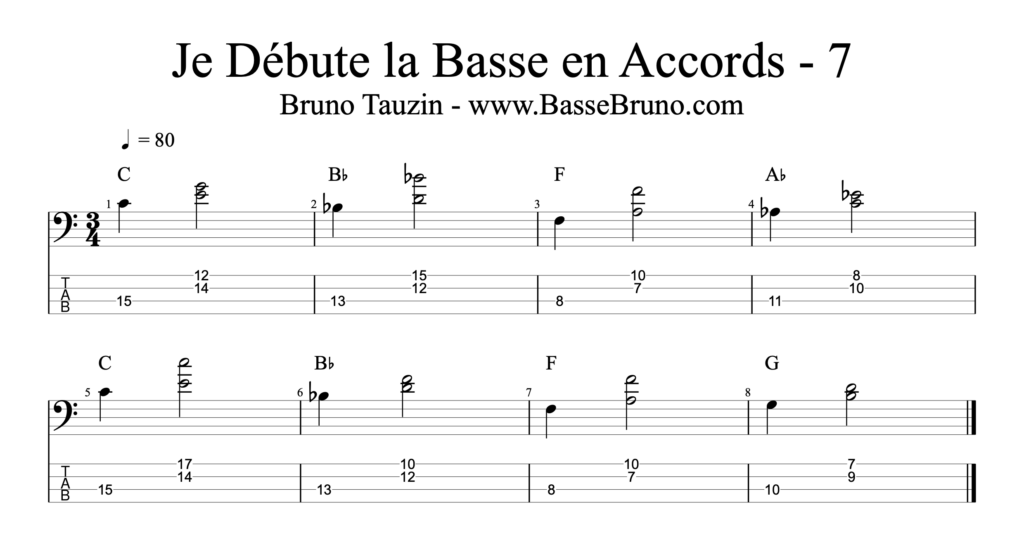
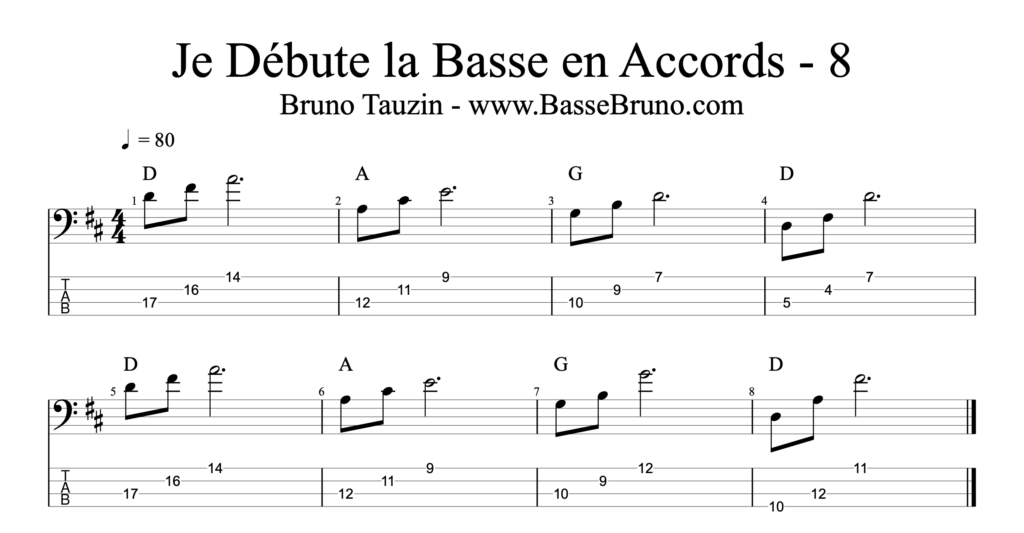



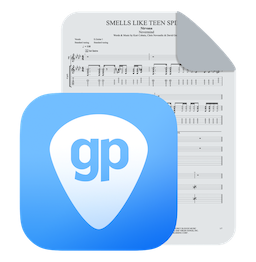
2 Comments
A lot of good ideas about guitar can be found in this post. The guitar is a musical instrument that is important to know before playing or buying.
It’s Great that you are aware of people about music. Thank you for sharing this informative content. it’s really wonderful and helpful for us. We are also from the same Domain. Hire Classical and Jazz Musical guitarists for concerts.